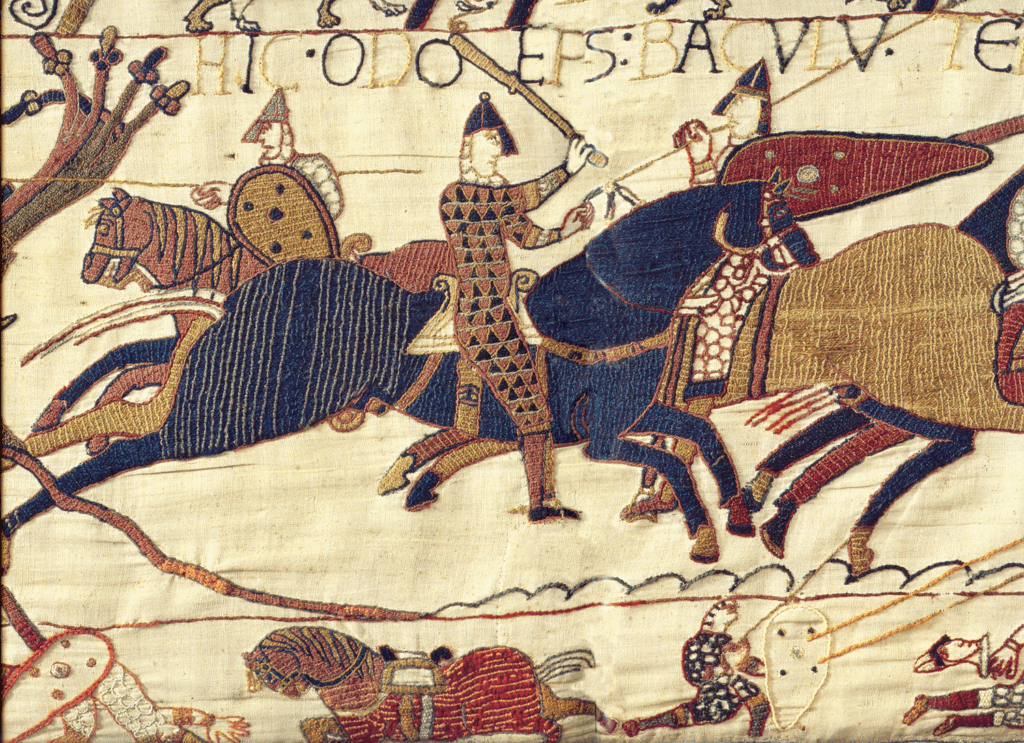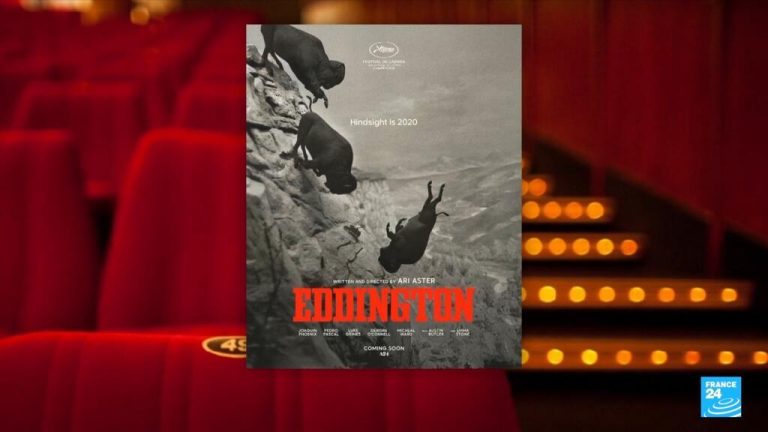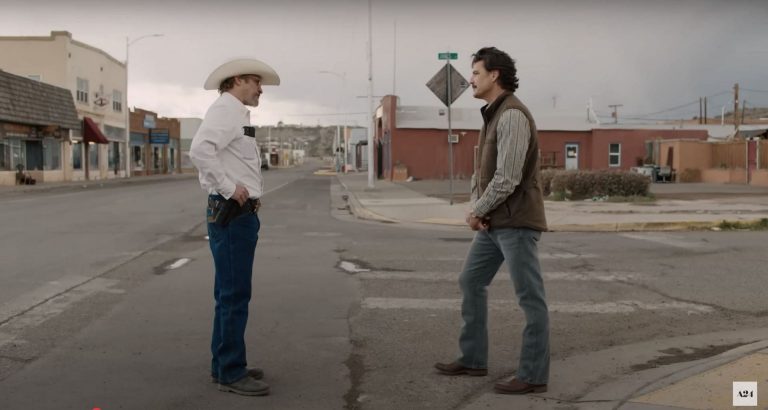They say that history is written by the victors, but that isn’t always true: sometimes it’s embroidered by the victors. Such was the case with the Bayeux Tapestry, which commemorates the build-up to and successful execution of the Norman conquest of England in 1066. Created not long after the events it depicts in what we now call the United Kingdom, the nearly 230-foot-long cloth has been kept in France for most of its existence. But as reported by Hyperallergic’s Isa Farfan, the Bayeux Tapestry is now set for a yearlong sojourn back in its homeland, and at no less an august institution than the British Museum, after spending the better part of a millennium abroad.
In a style that may strike twenty-first-century viewers as a predecessor to the graphic novel — or even to the straight-ahead comic book, with its grotesque exaggerations — the Bayeux Tapestry’s embroidery tells the story, writes Farfan, of “the victory of William the Conqueror, the Duke of Normandy, over England in the Battle of Hastings. William assembled a fleet of ships filled with thousands of men and horses to cross the English Channel and successfully claimed the throne from the last Anglo-Saxon king, Harold Godwinson.”
All this takes place over “58 scenes featuring more than 600 wool-threaded people and 200 horses. Though it focuses on the historical battle, the embroidery also reveals fixtures of broader eleventh-century life, including architecture and armor, and includes almost 400 Latin words accompanying the images.”
Those words are interpreted by YouTuber Lindybeige in the video above, which offers a humorous animated tour of the full length of the Bayeux Tapestry — or, in any case, a very close replica made in England in the mid-nineteenth century. The elaborateness of its treatment underscores that the Norman conquest was one of the most momentous events, if not the most momentous event, in all of English history; the extent of its glorification underscores how much the conquerors felt the need to legitimize their rule. Nothing would ever be the same for English culture, English law, and even, as recently featured here on Open Culture, the English language. If you go to London next year to behold the Bayeux Tapestry for yourself, you’ll hear the usual ambient grumbling about the state of England — with a refreshed emphasis, perhaps, on how wrong it all went after 1066.
Related content:
Behold a Creative Animation of the Bayeux Tapestry
How England First Became England: An Animated History
The Bayeux Tapestry Animated
The Entire History of the British Isles Animated: 42,000 BCE to Today
Construct Your Own Bayeux Tapestry with This Free Online App
Based in Seoul, Colin Marshall writes and broadcasts on cities, language, and culture. His projects include the Substack newsletter Books on Cities and the book The Stateless City: a Walk through 21st-Century Los Angeles. Follow him on the social network formerly known as Twitter at @colinmarshall.







